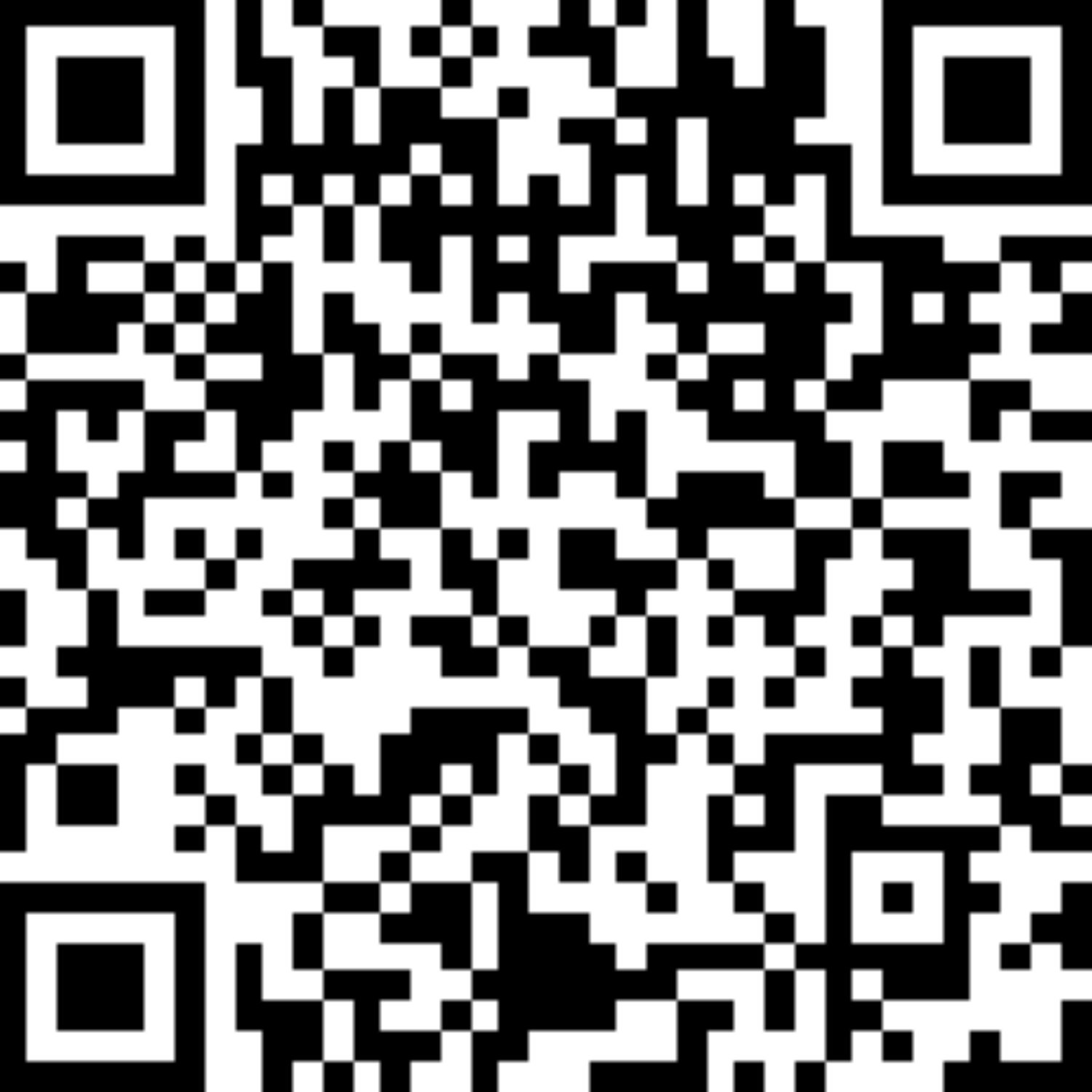Filler / Sculptra Sculpted Facial Contours Without Surgery
-
Recommended for People Like This
RECOMMEND TO CUSTOMERS BELOW -
-
POINT 1
Those who want to enhance the smooth line up to the tip of the nose (previously not treatable with filler)
-
POINT 2
Those who want to maintain natural volume post-care via collagen production
-
POINT 3
Those who are concerned about a crooked or hooked nose bridge
-
POINT 1
-
PROCEDURE PROCESS
PROCEDURE PROCESS -
- STEP 1 Customized Consultation
-
STEP 2
Photo Shoot
(Before Treatment) -
STEP 3
Anesthesia
(Ointment Anesthesia/Local Anesthesia) - STEP 4 Design
- STEP 5 Treatment
-
STEP 6
Photo Shoot
(After Treatment)
-
Effects and Recommended Treatment Cycle
EFFECTIVENESS AND RECOMMENDED PERIOD -
1 In the case of Hiko, treatment and recovery depends on the filler product used and on the individual. While the maintenance period varies, it generally lasts from 6 - 12 months.
2 If you plan to have a follow-up treatment, it is possible after the initial bruising and swelling subside. Please make a decision after sufficient consultation with the medical staff.
-
Q&A
PROCEDURE QUESTIONS -
-
Q. What is the difference between Nose Filler and Hiko?
Hiko is a treatment that enhances the bridge and tip of the nose using hyaluronic acid filler and soluble thread that is harmless to the human body. It is different from Nose Filler that only uses existing fillers to enhance the volume of the nose bridge line. Hiko makes the bridge of the nose as well as the tip of the nose more defined, and is excellent for improving the shape of the nose because the meltable thread supports the filler. Additionally, as the thread melts, collagen is produced, allowing natural volume to be maintained for a long time even after the filler is absorbed.
-
Q. I had a rhinoplasty. Is Nose Filler or Hiko treatment possible?
If you have ever had rhinoplasty surgery, it will be difficult to proceed with Hiko treatment. Due to the surgery, scar tissue has already formed on the inside of the skin, which makes the process difficult and increases the risk of vascular damage, so it is not recommended. However, whether the treatment is possible can be accurately determined after a visit to the hospital and sufficient consultation with medical staff.
-
-
CAUTIONS
CAUTIONSSelf-care has as much of an impact on treatment effectiveness as maintenance.
Please read the precautions and follow them carefully. -
- You may wash your face and apply makeup 2 - 3 hours after the treatment. After 24 hours, please remove the Duoderm attached to the treatment area.
- Please continue to take the prescribed medication for 3 days to prevent inflammation and relieve pain. If you have a history of antibiotic allergy, please be sure to let us know.
- It is recommended you avoid excessive drinking, saunas/jimjillbangs, hot baths and strenuous exercise for approximately a week after the treatment.
- Bruising, swelling, pain, and a foreign body sensation may occur, but most side effects are relieved within 1 - 2 weeks. However, if the pain gets worse, changes in skin color, blisters, itchiness, or heat at the treatment area persist even after taking the prescribed medication, please contact the hospital.
- The treated area may experience changes in shape due to external pressure, so be careful to avoid putting pressure on the treated area for 2 - 3 weeks. (Example: Wearing a hat, sleeping face down or on your side, wearing glasses, avoiding ultrasound and high frequency treatment, and facial massages).
- Sometimes, depending on the skin condition, threads may come out of the skin at the treatment site. In this case, please avoid touching it with your hands and visit the hospital to receive appropriate treatment.
- If you experience any other inconveniences, please contact the hospital.


